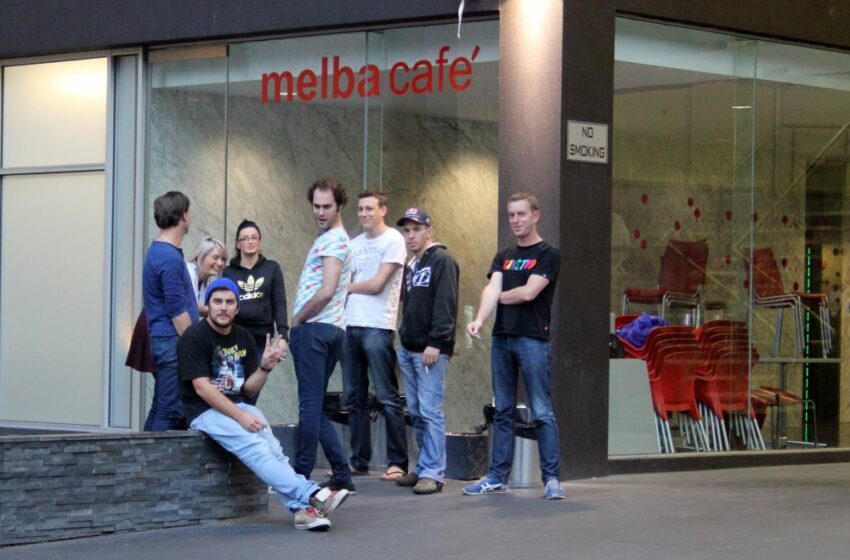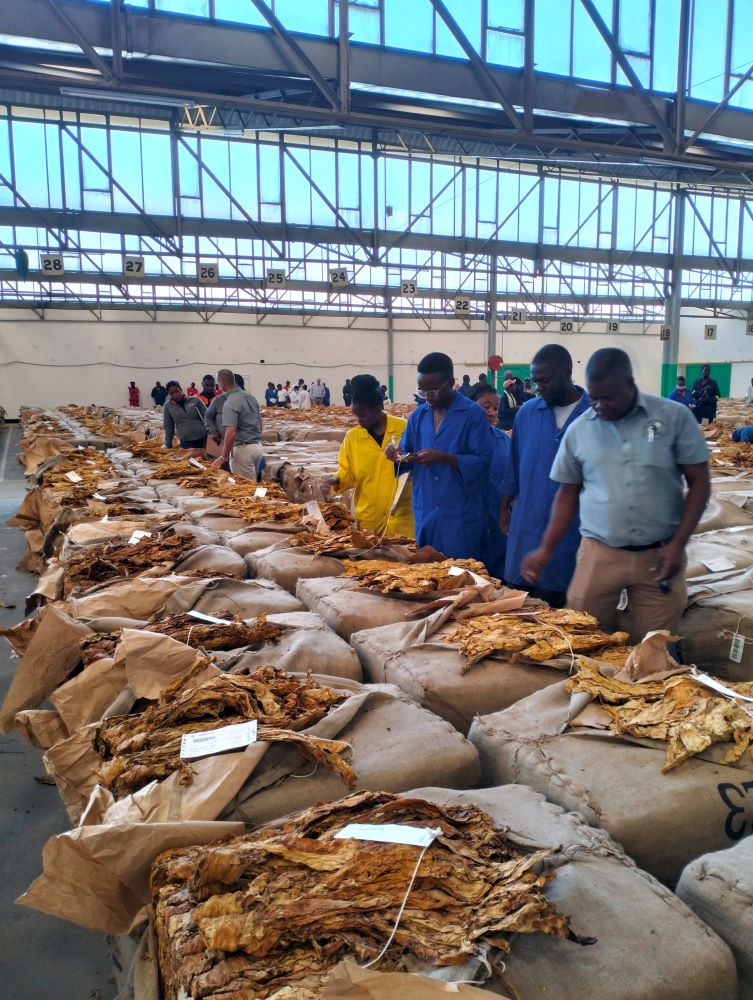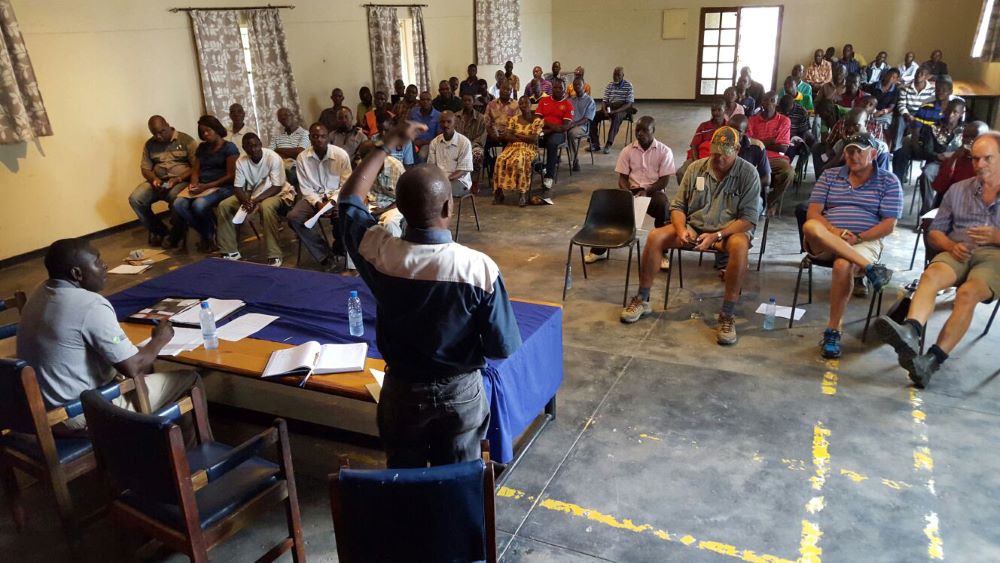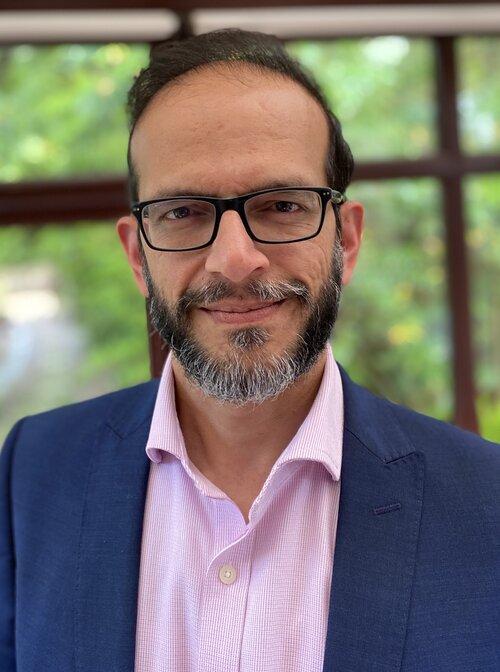
Cavendish Lloyd is eager to expand shisha tobacco production in Zimbabwe and elsewhere.
By George Gay
When I corresponded in 2022 with the president of Cavendish Lloyd, Koen Monkau, he was bullish about the market for shisha-style, low-nicotine flue-cured tobacco (LNFCT), the production of which his company was trialing in Zimbabwe. And, earlier this year, he was still bullish. The major manufacturers of shisha might have experienced a drop in sales recently, mainly due to vaping, he said, but a lot of new players had entered the market in the past few years, and shisha consumption was still growing worldwide. Five years ago, for instance, there were no shisha bars in Harare, but now there are plenty of establishments that offer shisha. “This is a worldwide trend,” he added.
While this sounds like good news for Cavendish Lloyd, it seems to also be good news for Zimbabwe. As part of an email exchange in May, Monkau told me it was important for Zimbabwe’s tobacco industry that it diversified the portfolio of tobacco it offered buyers and, ultimately, manufacturers. “An industry is not sustainable in the long run if half its crop is sold to one customer, as is the case now,” he said. “LNFCT—and also other tobacco varieties—can assist in diversifying the industry so that it is able to stand the test of time.”
Although Cavendish Lloyd is the only company currently producing LNFCT in Zimbabwe, it is certainly the case that the country’s tobacco industry, at least in the guise of the Kutsaga Tobacco Research Board (TRB), seems aware of the desirability of diversification. Monkau said his company had enjoyed a good cooperative relationship with the TRB, which had this season, 2023–2024, grown 7 ha for it on a commercial basis. At the same time, the TRB was continuing to experiment with alternative growing methods and different shisha tobacco seeds.
This season, Cavendish Lloyd is hoping that its Zimbabwe crop will reach 600,000 kg, and Monkau is looking for investors to help him expand LNFCT production into other countries, including Malawi, South Africa, Tanzania and Zambia. His company, he said, was now looking to hold talks with the tobacco research institutes of these countries, following initial approaches that had been made by the chief executive officer of the TRB, Frank Magama. In fact, Tanzania had already expressed serious interest in growing this crop, and representatives of the country’s Tobacco Research Institute had attended this year’s sales, which were ongoing at the time this story was written.

Challenges
It would be wrong, however, to give the impression that everything has been going without a hitch. Monkau readily admits that his company was hit by financial and other constraints during the 2022–2023 season and that its crop of 150,000 kg was well below what had been initially targeted. And while the 600,000 kg crop expected this season would represent a major increase, it would have been even bigger, perhaps 1 million kg, but for the El Nino weather effect.
But then El Nino affected all tobacco (and other) crops in Zimbabwe (and elsewhere, and the resulting drought was eventually declared a national disaster. The unhelpful weather conditions did not come out of the blue, however, and, in mitigation, Cavendish Lloyd was able to focus on growing an irrigated crop from the start. At the same time, Monkau said, the dryland crop had had to be scaled back to ensure that growers did not plant crops that they would not have been able to sell.
Unfortunately, the current situation implies that things could reverse next season and create problems for those who use irrigation for growing tobacco because there has not been enough rain to fill dams and reservoirs.
Despite these setbacks, it is not proving difficult to attract farmers to LNFCT. Cavendish Lloyd started out on this project three seasons ago with just one grower, who is still on board, but he has been joined by about 40 others, ranging from commercial to small-scale farmers. Monkau said that LNFCT was relatively easy to grow and provided good returns when cultivated well, so farmers had been lining up to produce this variety.
LNFCT is closer grown than standard flue-cured tobacco; it requires the application of less fertilizer; it is not topped; it provides for faster harvesting because more leaves are reaped with each pass; and it requires less energy during curing. All this adds up to efficiency savings and better returns, not to mention environmental gains.
Nevertheless, the switch from growing a regular flue-cured crop to LNFCT requires some adjustments on the part of the grower, who is presented with logistical challenges if he grows LNFCT alongside regular flue-cured. For instance, because LNFCT cures faster than regular flue-cured, growers need good barn management skills when scheduling curing. In fact, Monkau believes it is preferable for growers to concentrate on either LNFCT or regular flue-cured.
To help growers further, Cavendish Lloyd is currently looking at employing more sophisticated ways of crop management than are now used. “By using satellite imaging to monitor crops, we can deploy our agronomy team more efficiently to areas that need immediate and special attention rather than have them do their weekly rounds of farmers,” he said. “It is a relatively cheap way of potentially increasing crop yields dramatically, and it is quite amazing what kind of information can be gathered on a day-to-day basis.”
Looking to the future, I asked if African-grown LNFCT might be used for purposes beyond shisha manufacture, to which Monkau replied that his company had already had inquiries from companies operating in the cigarette and RYO markets that were interested in obtaining a bright, low-nicotine-style tobacco that fitted their established blends. In addition, a recent sale of 10,000 kg of LNFCT to a flavor extraction plant in Zimbabwe had shown that there were other outlets for this type as well.
In finding and establishing these other outlets, it probably helps that as well as being involved in LNFCT production, Cavendish Lloyd has contacts made through some of its other operations, which include the marketing and distribution of cigarettes, and the trade in tobacco, cut rag and tobacco production materials, such as packaging. And since 2023, cigarette manufacturing can be added to that list since the company last year established a manufacturing plant in Lusaka, Zambia.

Limits to Production
Looking away from the demand side and toward the supply side of the LNFCT business, I also asked what limited the amount of this type that could be grown. “Limits are mainly defined by how much capital we can raise to fund the growers,” Monkau said. “I believe there is room to expand production to 5 million kg in Africa on a sustainable basis,” he added before providing an interesting comparison, “which would be comparable with the crop size of Germany.”
This comparison chimes with a point Monkau had made to me in response to an earlier question about whether LNFCT could now be seen as an established commercial crop in Zimbabwe. No, it was not, he replied. Many farmers this season were growing it for the first time, so it would be an experiment to see if it worked for them. Only one farmer was growing it for the third time, and for several, it was their second season. Even with the volume of all Zimbabwe’s flue-cured crops expected to total less than 250 million kg this year because of El Nino, LNFCT would account for only 0.2 percent of the total.
That, for sure, seems to be only a modest amount of LNFCT, but I was interested to know if it had been a smooth ride getting to that point. There was no such thing as a smooth ride in Zimbabwe, Monkau told me. The financial/economic situation in the country always kept you on your toes. For instance, on Cavendish Lloyd’s first sales day of 2024, April 5, the government had abolished the Zimbabwe dollar and introduced a new currency, the ZiG, which put the whole financial system on hold for a few days, and the company was still dealing with the fallout from that. Such changes did not make doing business easier, but, apart from that, things had gone quite well. There was a lot of interest and support from the government to make the LNFCT business successful, and the company’s efforts were the subject of regular local press reports.
Of course, the real test of how things are going and will go in the future concerns whether growers are content with the prices they are receiving, and, in the short term, the answer is probably that they are. Nevertheless, Monkau made the point that pricing was something of a thorny issue in respect of LNFCT. His company was required to follow the pricing arrangements specified by the Tobacco Industry and Marketing Board (TIMB), arrangements that could lead to anomalies since LNFCT fell outside the regular classifications of the TIMB. It wasn’t too much of an issue for the tobacco that met shisha standards, but, in the case of lower grades that were unsuitable for shisha, the company was obliged to pay regular market prices for tobacco of substandard quality.
But at least the next season, 2024–2025, should see farmers keen to grow LNFCT—in fact, any tobacco type or variety. “Overall, prices for all tobacco have been good this year, so I don’t see many farmers complaining,” said Monkau. “I expect current prices will push more farmers back into tobacco growing until we see more balance between supply and demand.”



































